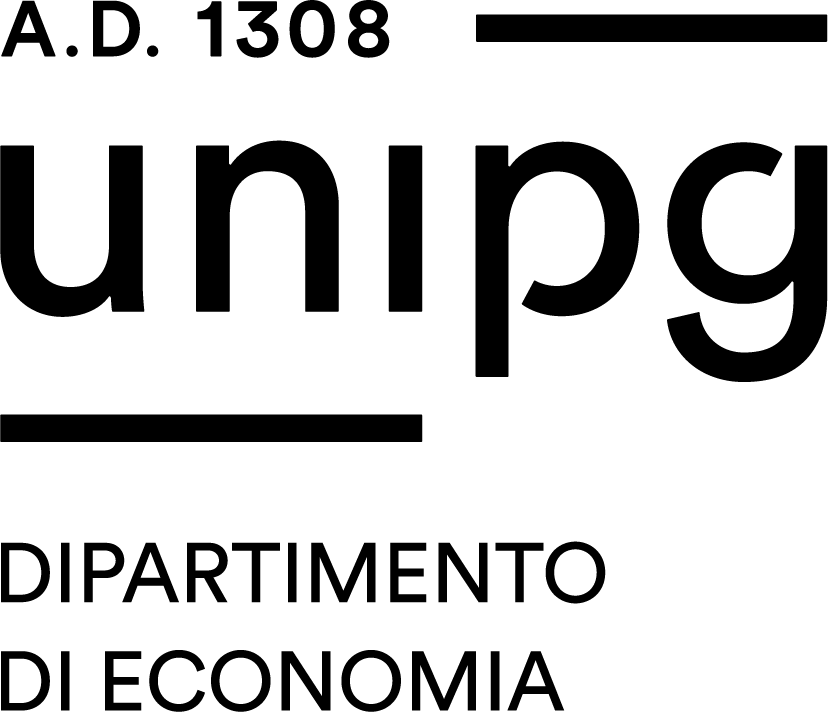Study-unit INVESTIGATION TECHNIQUES
| Course name | Legal services |
|---|---|
| Study-unit Code | A000776 |
| Location | PERUGIA |
| Curriculum | Operatore giudiziario e della p.a. |
| Lecturer | Mariangela Montagna |
| Lecturers |
|
| Hours |
|
| CFU | 9 |
| Course Regulation | Coorte 2021 |
| Supplied | 2023/24 |
| Supplied other course regulation | |
| Type of study-unit | Opzionale (Optional) |
| Type of learning activities | Attività formativa monodisciplinare |
| Partition | |
| Language of instruction | Italian |
| Contents | Prof.ssa Mariangela Montagna. Part 1: General profiles of the criminal trial. Preliminary investigations: the role of the public prosecutor and the judicial police. - Investigation activities of the judicial police. - Investigation activities of the public prosecutor. - Defensive investigations. - The evidence between investigations and trial. Part Two: Scientific and technological investigations. 1. The judicial inspection: tasks of investigative bodies - operational protocols - chain of custody. 2. The genetic investigation for identification purposes: coercive sampling - DNA test - DNA database - international judicial cooperation. 3. Investigation techniques: fingerprinting, balistic, BPA. 4. Psychology, criminology and criminal trial - criminal profiling and investigations. 6. Applications of neuroscience in the criminal trial. 7. Interceptions of conversations, communications and computerized flows. The computer sensor. Tracking using a GPS satellite system. Gen. Luciano Garofano. Part II: Specialist profiles. 1. The judicial inspection. Preparation, arrival at the crime scene and execution of technical-scientific activities. Identification of visible and latent traces and their identification and documentation. Finding and packaging of finds and traces. The chain of custody. Documentation methods with the 3D Laser Scanner and with the drone. - 2. Biological traces. Generic, species and DNA tests. Interpretation of single and mixed profiles. The National DNA Database, forced sampling. - 3. The papillary traces. Identification and enhancement of visible and latent footprints. Physical, chemical, optical methods. AFIS and APIS. Shoe and tire prints. - 4. Terminal ballistics. Firearms, shells and bullets. Investigations under the buyer microscope. The Ballistics Database (IBIS). Products resulting from the explosion of firearms (GSR): sampling techniques, SEM-EDX analysis. The problem of innocent contamination. 5. BPA, the discipline that studies the shape, size and distribution of traces of blood. Qualitative and quantitative BPA. |
| Reference texts | Aa.Vv., L’assassinio di M. Kercher. Anatomia del processo di Perugia, coordinato da M. Montagna, Aracne editore, 2012. Code of criminal procedure |
| Educational objectives | The course aims to provide knowledge and skills on the conduct of technical and scientific investigations, on the subjects that take part in them and on how to perform them. |
| Prerequisites | It' necessary the previous knowledge and exam of Criminal procedure. |
| Teaching methods | Lectures and seminars |
| Learning verification modality | Oral examination |
| Extended program | Prof.ssa Mariangela Montagna. Part 1: General profiles of the criminal trial. Preliminary investigations: the role of the public prosecutor and the judicial police. - Investigation activities of the judicial police. - Investigation activities of the public prosecutor. - Defensive investigations. - The evidence between investigations and trial. Part Two: Scientific and technological investigations. 1. The judicial inspection: tasks of investigative bodies - operational protocols - chain of custody. 2. The genetic investigation for identification purposes: coercive sampling - DNA test - DNA database - international judicial cooperation. 3. Investigation techniques: fingerprinting, balistic, BPA. 4. Psychology, criminology and criminal trial - criminal profiling and investigations. 6. Applications of neuroscience in the criminal trial. 7. Interceptions of conversations, communications and computerized flows. The computer sensor. Tracking using a GPS satellite system. Gen. Luciano Garofano. Part II: Specialist profiles. 1. The judicial inspection. Preparation, arrival at the crime scene and execution of technical-scientific activities. Identification of visible and latent traces and their identification and documentation. Finding and packaging of finds and traces. The chain of custody. Documentation methods with the 3D Laser Scanner and with the drone. - 2. Biological traces. Generic, species and DNA tests. Interpretation of single and mixed profiles. The National DNA Database, forced sampling. - 3. The papillary traces. Identification and enhancement of visible and latent footprints. Physical, chemical, optical methods. AFIS and APIS. Shoe and tire prints. - 4. Terminal ballistics. Firearms, shells and bullets. Investigations under the buyer microscope. The Ballistics Database (IBIS). Products resulting from the explosion of firearms (GSR): sampling techniques, SEM-EDX analysis. The problem of innocent contamination. 5. BPA, the discipline that studies the shape, size and distribution of traces of blood. Qualitative and quantitative BPA. |
| Obiettivi Agenda 2030 per lo sviluppo sostenibile | 16 |
INVESTIGATION TECHNIQUES
| Code | A000776 |
|---|---|
| Location | PERUGIA |
| CFU | 6 |
| Lecturer | Mariangela Montagna |
| Learning activities | Affine/integrativa |
| Area | Attività formative affini o integrative |
| Sector | IUS/16 |
| Type of study-unit | Opzionale (Optional) |
INVESTIGATION TECHNIQUES
| Code | A000776 |
|---|---|
| Location | PERUGIA |
| CFU | 3 |
| Lecturer | Mariangela Montagna |
| Learning activities | Affine/integrativa |
| Area | Attività formative affini o integrative |
| Sector | IUS/16 |
| Type of study-unit | Opzionale (Optional) |


